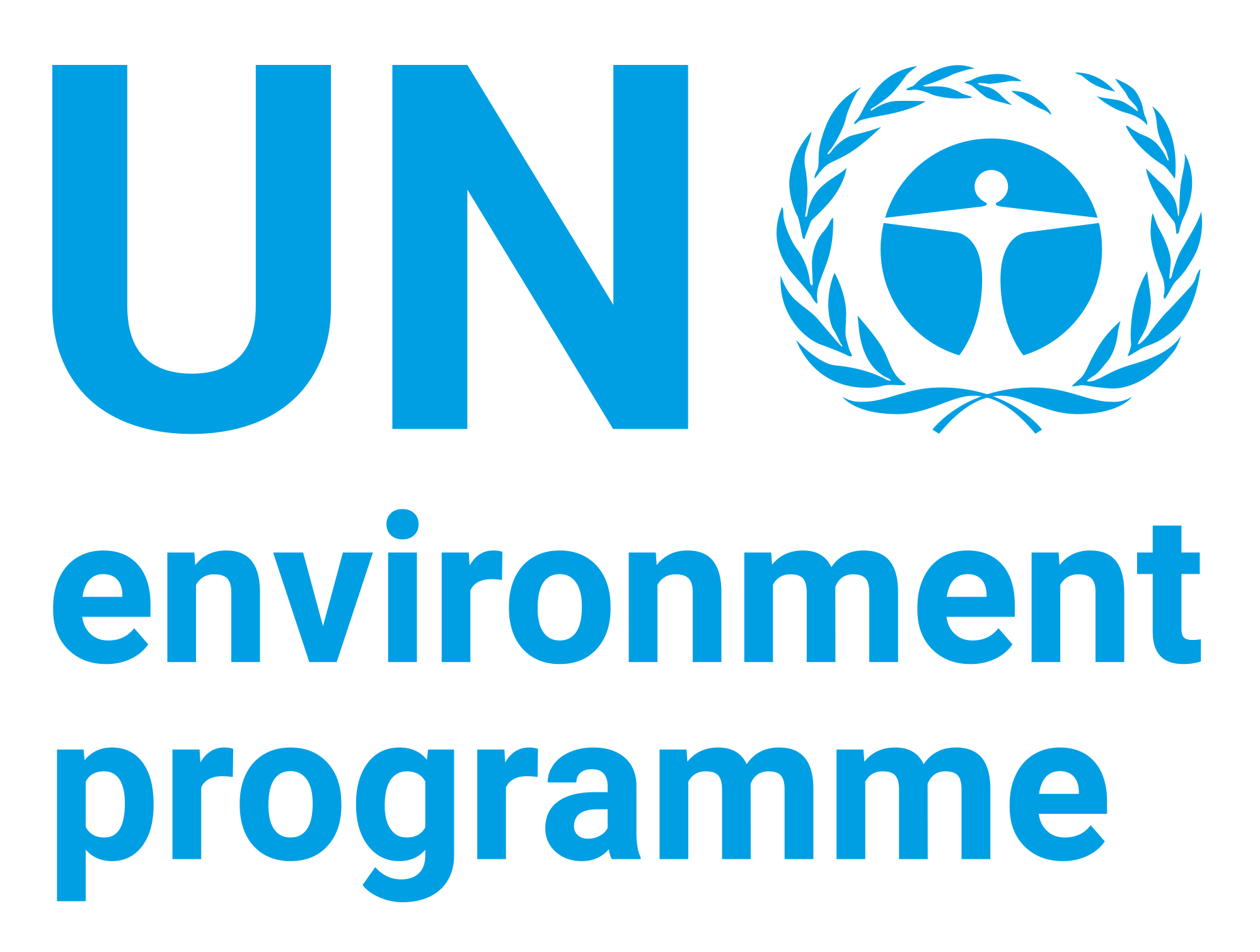Safe Use of HCFC Alternatives in Refrigeration and Air-Conditioning: Higher toxicity refrigerants

Date
2015-07Author
United Nations Environment Programme
Citation Tool
Bibliographic Managers
RT Generic T1 Safe Use of HCFC Alternatives in Refrigeration and Air-Conditioning: Higher toxicity refrigerants A1 United Nations Environment Programme YR 2015-07 LK https://wedocs.unep.org/20.500.11822/26722 PB AB TY - GEN T1 - Safe Use of HCFC Alternatives in Refrigeration and Air-Conditioning: Higher toxicity refrigerants AU - United Nations Environment Programme Y1 - 2015-07 UR - https://wedocs.unep.org/20.500.11822/26722 PB - AB - @misc{20.500.11822_26722 author = {United Nations Environment Programme}, title = {Safe Use of HCFC Alternatives in Refrigeration and Air-Conditioning: Higher toxicity refrigerants}, year = {2015-07}, abstract = {}, url = {https://wedocs.unep.org/20.500.11822/26722} } @misc{20.500.11822_26722 author = {United Nations Environment Programme}, title = {Safe Use of HCFC Alternatives in Refrigeration and Air-Conditioning: Higher toxicity refrigerants}, year = {2015-07}, abstract = {}, url = {https://wedocs.unep.org/20.500.11822/26722} } TY - GEN T1 - Safe Use of HCFC Alternatives in Refrigeration and Air-Conditioning: Higher toxicity refrigerants AU - United Nations Environment Programme UR - https://wedocs.unep.org/20.500.11822/26722 PB - AB -Item Statistics
Display item statisticsMetadata
Show full item recordDescription
As the phase out of hydrochlorofluorocarbons (HCFCs) progresses, it is expected that there will be a considerably higher uptake, in particular in developing countries, of ‘alternative refrigerants’, such as hydrocarbons, ammonia, carbon dioxide, unsaturated hydrofluorocarbons (HFCs) –or HFOs. Many of these alternative refrigerants have particular characteristics in terms of toxicity, flammability and high pressure which are different from those used previously such as chlorofluorocarbons (CFCs) and HCFCs. When refrigeration and air-conditioning equipment is installed, serviced, repaired and dismantled, safety issues need to be carefully evaluated and considered particularly when servicing technicians have to deal with refrigerants with properties that they were previously not familiar with. It is therefore important that the refrigeration and airconditioning industry adapts to both the technical and safety issues concerning these refrigerants.
Collections
Document Viewer
To read more, scroll down below.

